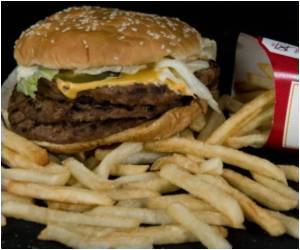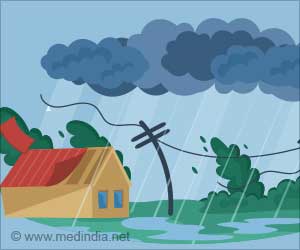Air fryers are the least polluting cooking method, using less energy.

Impact of Cooking Methods on Indoor Air Quality: A Comparative Study of Particulate Matter (PM) and Volatile Organic Compound (VOC) Emissions
Go to source) Cooking is a key source of indoor air pollution and, while plenty of research has been done to show the energy-efficiencies available with air-frying, less is known about the environmental benefits.
‘Tired of feeling guilty about your post-work air-frying habit? Good news! Scientists say it’s the least polluting way to satisfy your late-night munchies. #airfryer #airpollution’





Most people spend more than 80 percent of their time indoors, so the effects of indoor pollutants, which include a range of acute symptoms and chronic conditions such as cardiovascular, neurodegenerative and respiratory diseases, are a major health concern. Least Polluting Cooking Methods Using Real-World Kitchen Tests Identified
The researchers, based in the University of Birmingham’s School of Geography, Earth and Environmental Sciences, used a campus-based research kitchen to bridge the gap between laboratory-based chamber experiments measuring pollution from different cooking methods and less well-controlled testing in domestic kitchens. Their results are published in Indoor Air.In the experiments the researchers cooked chicken breast using five different methods: pan frying, stir-frying, deep-fat frying, boiling and air-frying, in a well-controlled research kitchen. They measured the levels of particulate matter and volatile organic compounds (VOCs) emitted by each method.
For particulate matter, the team measured peak concentrations in micrograms per cubic metre of air. For pan frying, the peak concentration was 92.9; for stir-frying it was 26.7, for deep frying 7.7, for boiling 0.7 and for air-frying it was 0.6.
For VOCs, the results were measured in ‘parts per billion’, or ppb. The relative levels of pollution were in a similar order across the different cooking methods as for the particulate matter emissions, with pan-frying recording 260 ppb of VOCs; deep frying 230 ppb, stir-frying 110 ppb; boiling 30 ppb and air-frying 20 ppb. The researchers have also identified and quantified the specific VOCs that are mostly strongly emitted during the cooking activities.
Advertisement
For both particulate matter and VOCs, the researchers continued to measure pollution after the cooking process had finished. They recorded substantially higher levels of pollutants in the kitchen for well over an hour after the food had been cooked despite the cooking process only taking ca. 10 minutes.
Reference:
- Impact of Cooking Methods on Indoor Air Quality: A Comparative Study of Particulate Matter (PM) and Volatile Organic Compound (VOC) Emissions - (https://onlinelibrary.wiley.com/doi/10.1155/2024/6355613)









